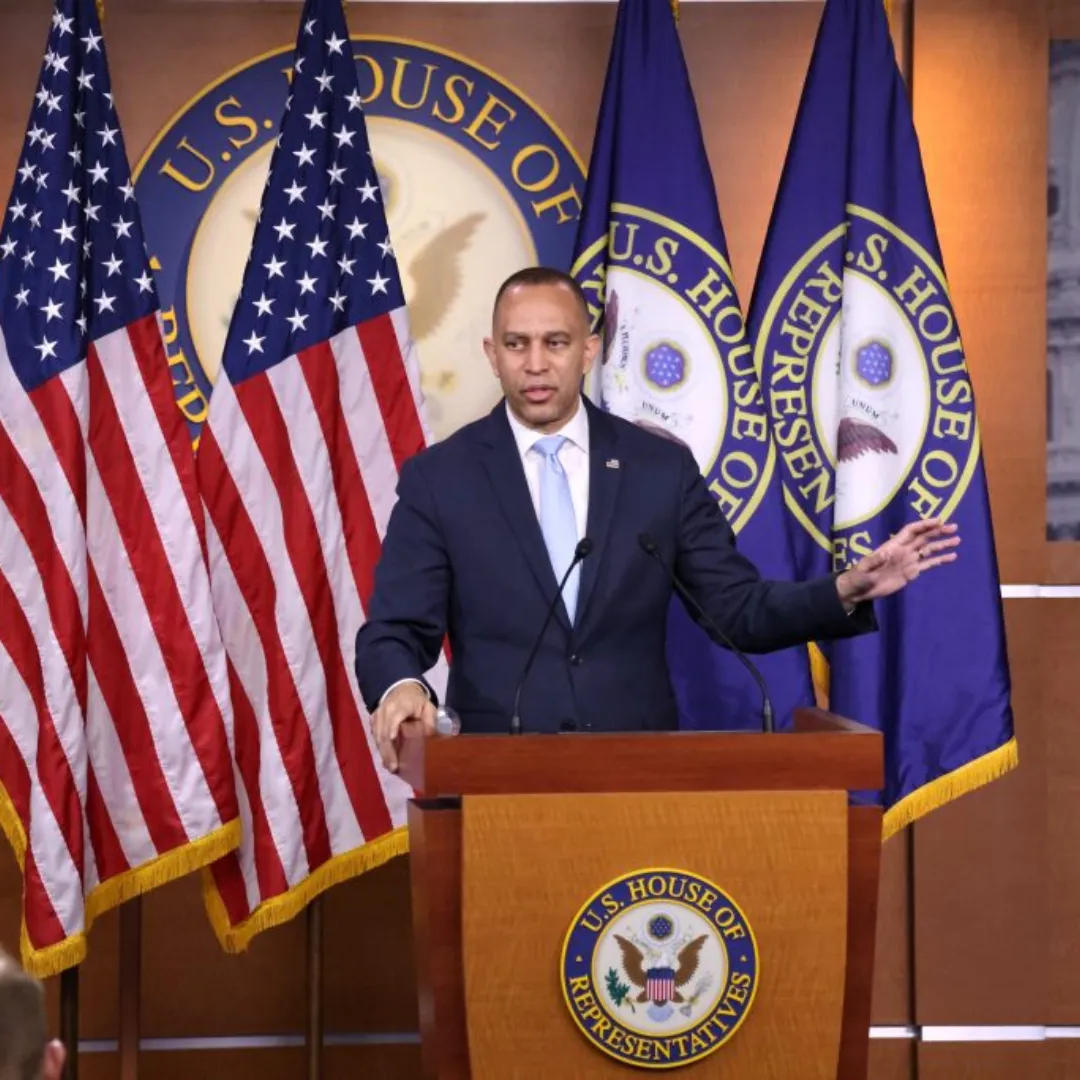
Transportation Secretary Sean Duffy said Tuesday that the Pentagon has not yet responded to his inquiries about an incident last week involving a U.S. Army helicopter that disrupted air traffic at Reagan Washington National Airport, forcing two commercial jets to alter their approach during landing.
During an interview with Fox News host Martha MacCallum, Duffy confirmed that he had not received any additional information from the Department of Defense despite repeated requests.
MacCallum noted the lack of communication from the Pentagon and said, “I don’t understand why the Pentagon hasn’t gotten back to you on this yet. But we hope they sure do soon.” Duffy replied, “So do I,” underscoring the urgency and concern surrounding the incident.
The event in question involved a UH-60 Black Hawk helicopter that was conducting flight operations in the vicinity of the Pentagon. According to U.S. Army spokesperson Capt.
Victoria Goldfedib, the helicopter had been operating in accordance with established Federal Aviation Administration flight routes and National Airport air traffic control protocols when it was instructed by Pentagon air traffic control that it was not cleared to land.
The Black Hawk then performed a go-around maneuver, overflying the Pentagon helipad while maintaining approved flight procedures. In response, National Airport air traffic control issued a go-around order to two incoming commercial fixed-wing aircraft to ensure the airspace was properly deconflicted and that no midair collisions occurred.
Goldfedib emphasized the military’s commitment to safety, stating, “The United States Army remains committed to aviation safety and conducts flight operations within all approved guidelines and procedures.”
The Army has not provided additional details about the helicopter’s mission or the identities of those on board, but reports have surfaced suggesting that VIPs may have been passengers on the flight.
This claim raised further questions from Duffy during his interview, as he asked, “But who qualifies for a VIP? Is it a two-star general, a three-star general?” His remarks reflect growing frustration about the lack of transparency and accountability in military aviation near civilian airspace, particularly given the restricted status of that area.
Duffy’s concerns were further compounded by the fact that helicopter operations around the airport had been restricted since March, following a tragic accident in January that involved an Army helicopter colliding with an American Airlines passenger plane, resulting in the deaths of 67 people.
That incident led to a two-week suspension of all military helicopter flights in the area. Duffy praised Defense Secretary Pete Hegseth for implementing that pause in operations, saying, “I want to commend Secretary Hegseth. He closed down those HELO missions for two weeks.”
However, Duffy made it clear that the recent Black Hawk incident raises new questions that need to be answered before military helicopters are allowed to resume regular operations in the area.
“We’re going to look at it together and figure out what is the pathway forward. So they’re not flying right now,” Duffy said. He emphasized the importance of public oversight and accountability in military operations, particularly in sensitive and high-traffic airspace.
“We should know as Americans, again, it’s a civilian military,” he added. “They’re supposed to work for all of us. We should know who qualifies for that VIP mission. And if you’re going to train, why are you training in the middle of the day? Maybe you should train at 2 o’clock in the morning or 3 o’clock in the morning.”
Duffy’s comments reflect a broader concern among transportation and aviation officials that civilian and military coordination in shared airspace must be rigorously managed to prevent accidents and ensure public safety.
The proximity of Reagan National Airport to the Pentagon and other federal installations already makes the area one of the most complex aviation zones in the country. Events like last week’s incident highlight the potential risks when communication breaks down or flight operations deviate from established plans.
The Pentagon has so far not explained why the helicopter was cleared into restricted airspace or who specifically authorized the mission. Duffy indicated that without clarity on those points, the federal government risks undermining public confidence in aviation safety and military transparency.
He said the Department of Transportation would continue to press for answers and that the matter would be addressed at the highest levels until a full explanation is provided.
As the investigation continues, both civilian and military authorities are expected to review their protocols for managing joint airspace and handling unexpected aircraft movements near major commercial airports.
For now, commercial carriers are proceeding with heightened caution, and air traffic controllers at Reagan National have been instructed to maintain tighter coordination with military traffic.
Duffy’s office has requested a full incident report from the Pentagon and is considering new regulatory requirements for military aircraft operating in civilian-controlled airspace. Until those questions are answered, Duffy made clear that accountability and transparency will remain his top priorities.





